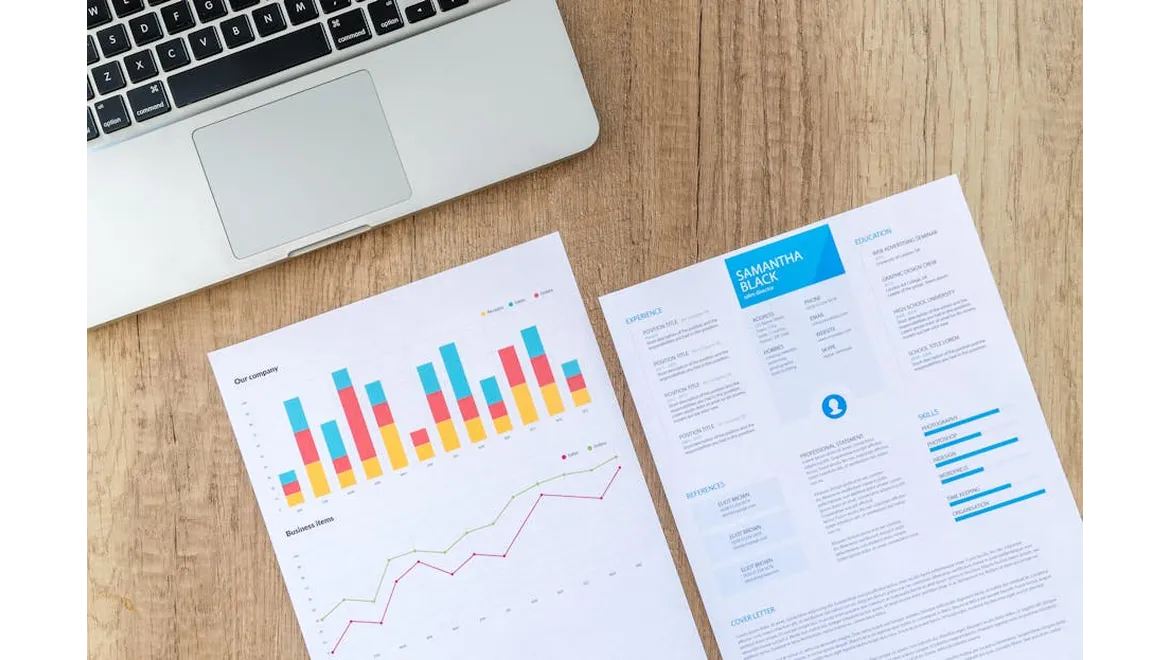In today’s highly competitive fast-moving consumer goods (FMCG) sector, attaining and sustaining brand visibility is vital. The metric known as Share of Search (SoS) has emerged as a key indicator, measuring the proportion of searches a brand garners relative to the total searches within its category. To delve deeper into this concept and explore how advanced technologies can amplify SoS, I spoke with Samuel Perez, a data scientist at Course5 Intelligence, who collaborates closely with Chiranjiv Roy, a leader in AI and machine learning solutions across various industries.
Samuel began our discussion by emphasizing that Share of Search is far more than a mere statistic. “It’s a mirror of brand awareness, consumer interest, and market dynamics,” he stated. “For FMCG brands, it’s an invaluable metric that reveals the effectiveness of your marketing strategies.” He elaborated on traditional methods for boosting SoS, such as leveraging Google Search Trends and SEO keyword optimization. “Google Trends allows brands to track search volumes over time, both for themselves and their competitors,” he explained. “SEO techniques, like embedding relevant keywords into website content, have historically been crucial for improving search engine rankings.”
However, Samuel acknowledged that these conventional methods have their drawbacks. “Handling and analyzing vast volumes of search data can be daunting. Traditional keyword research often lags behind the rapid changes in search behavior and emerging trends,” he noted.
This is where advanced technologies come into play. Samuel outlined several innovative strategies that can significantly enhance SoS for FMCG brands, making them more competitive.
One of the most exciting advancements is the use of synthetic data generation to simulate market research responses. “This method provides insights into consumer preferences and potential search behaviors without the need for extensive surveys,” Samuel explained. For instance, a synthetic survey could predict a surge in searches for “organic snacks” among millennials, guiding targeted marketing strategies and content creation.
Samuel also highlighted the role of machine learning in keyword optimization. “Machine learning models, such as Google’s BERT, can identify high-impact keywords and phrases,” he said. “We use TF-IDF to weigh these terms based on their importance and frequency, while time-series analysis techniques like ARIMA and Prophet help forecast trending keywords.” Predictive models can indicate upcoming trends, such as an increase in searches for “gluten-free snacks,” enabling brands to stay ahead of the curve.
Another powerful tool is agentic retrieval-augmented generation (RAG), which creates contextually relevant responses and content based on real-time data. Combined with small language models (SLMs), RAG can generate precise and targeted content, such as FAQs and personalized marketing messages. “For example, RAG can produce real-time responses to customer queries about ‘vegan snacks,’ enhancing user engagement and satisfaction,” Samuel mentioned.
Samuel also discussed the benefits of programmatic advertising, optimized through reinforcement learning algorithms. “These algorithms ensure maximum visibility and cost-efficiency,” he said. By using Bayesian optimization and multi-armed bandit algorithms, brands can continuously experiment with different ad creatives to identify the most effective approaches. Reinforcement learning can optimize ad spend on high-performing keywords like “healthy snacks,” thus increasing ad efficiency and reach.
Additionally, the integration of data fabric architecture and data APIs offers a unified data environment, facilitating seamless access and management of data across the organization. “Data fabric provides a holistic view of search trends and consumer behavior, while data APIs enable real-time data sharing, improving decision-making and strategy adjustment,” Samuel explained.
Enhancing SoS is about more than just increasing visibility. “It’s about strategically positioning your brand to meet consumer needs and stay ahead in a competitive market,” Samuel emphasized. By integrating these advanced tools, brands can gain deeper insights, optimize their strategies, and ultimately achieve greater success.
Improved customer engagement is one key benefit. “Personalized content tailored to different user groups enhances engagement and drives traffic,” Samuel noted. “Using RAG and SLMs to develop intelligent chatbots and virtual assistants provides accurate information and recommendations, improving customer satisfaction.”
Enhanced competitive advantage is another benefit. “By analyzing competitors’ search strategies and identifying gaps or opportunities, brands can outshine others,” Samuel said. “Continuously adapting content strategies based on real-time data and predictive analytics ensures brands stay ahead of market trends.”
Efficient marketing spend is also crucial. “Optimized ad placements through programmatic advertising ensure cost-efficient strategies,” Samuel explained. “Real-time analytics dashboards track search performance metrics, providing insights for continuous optimization.”
In reflecting on our conversation, it’s evident that the future of Share of Search and brand power lies in leveraging advanced data science and AI technologies. By integrating synthetic market research, machine learning, and advanced technologies, FMCG brands can enhance their SoS, leading to sustainable business impact and long-term brand value. Embracing these technologies today is essential for elevating a brand’s presence and securing a competitive edge in the digital age.











